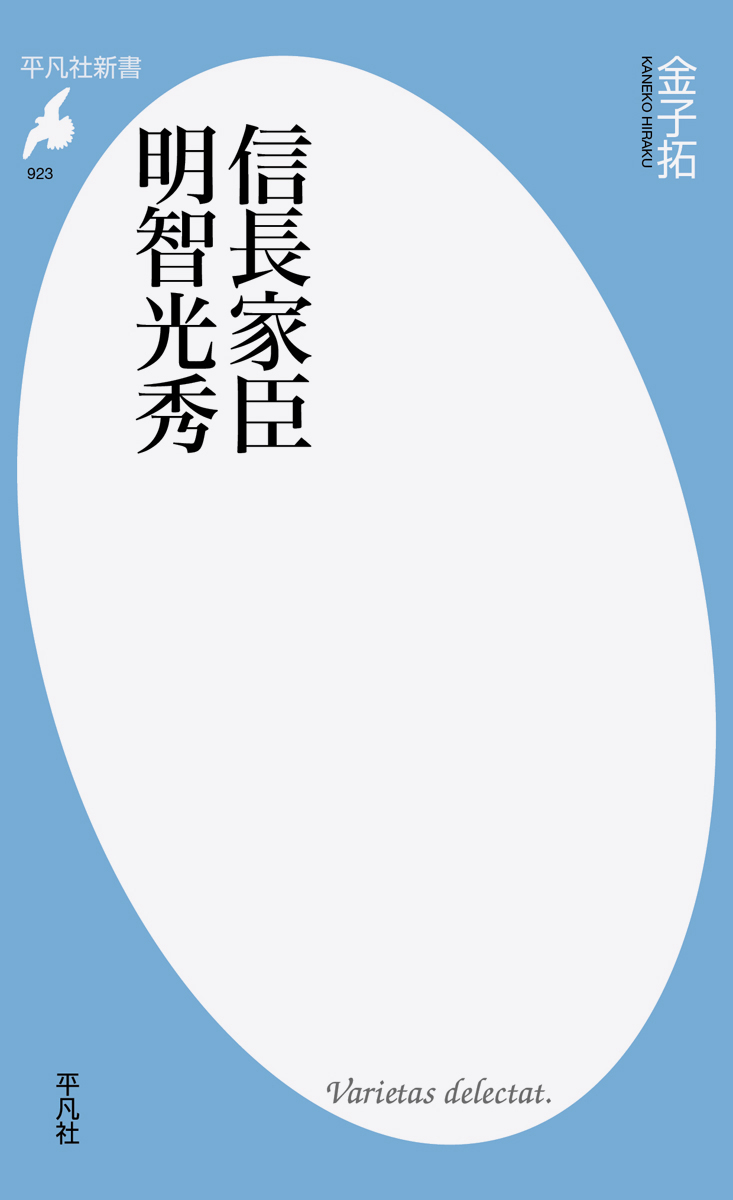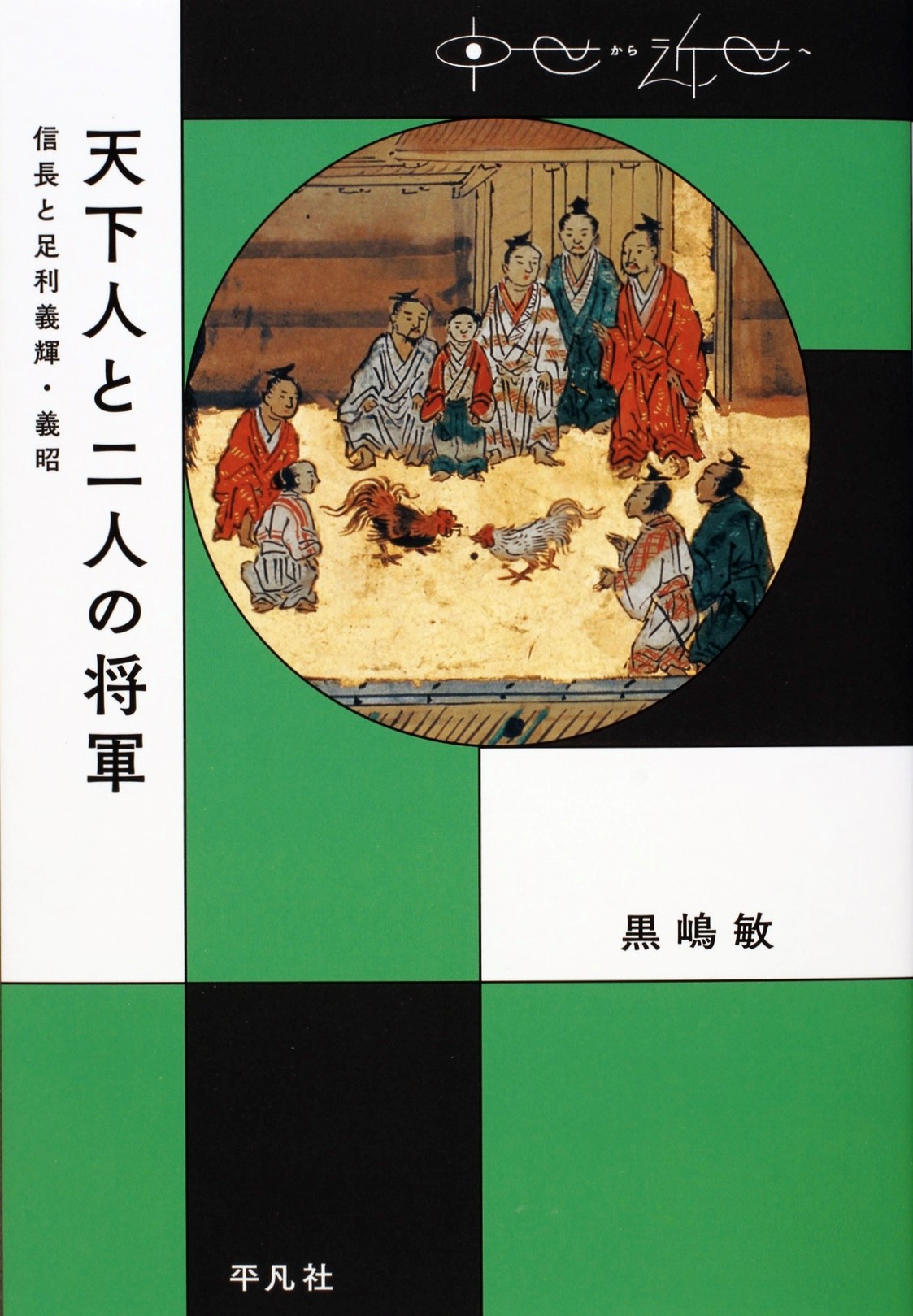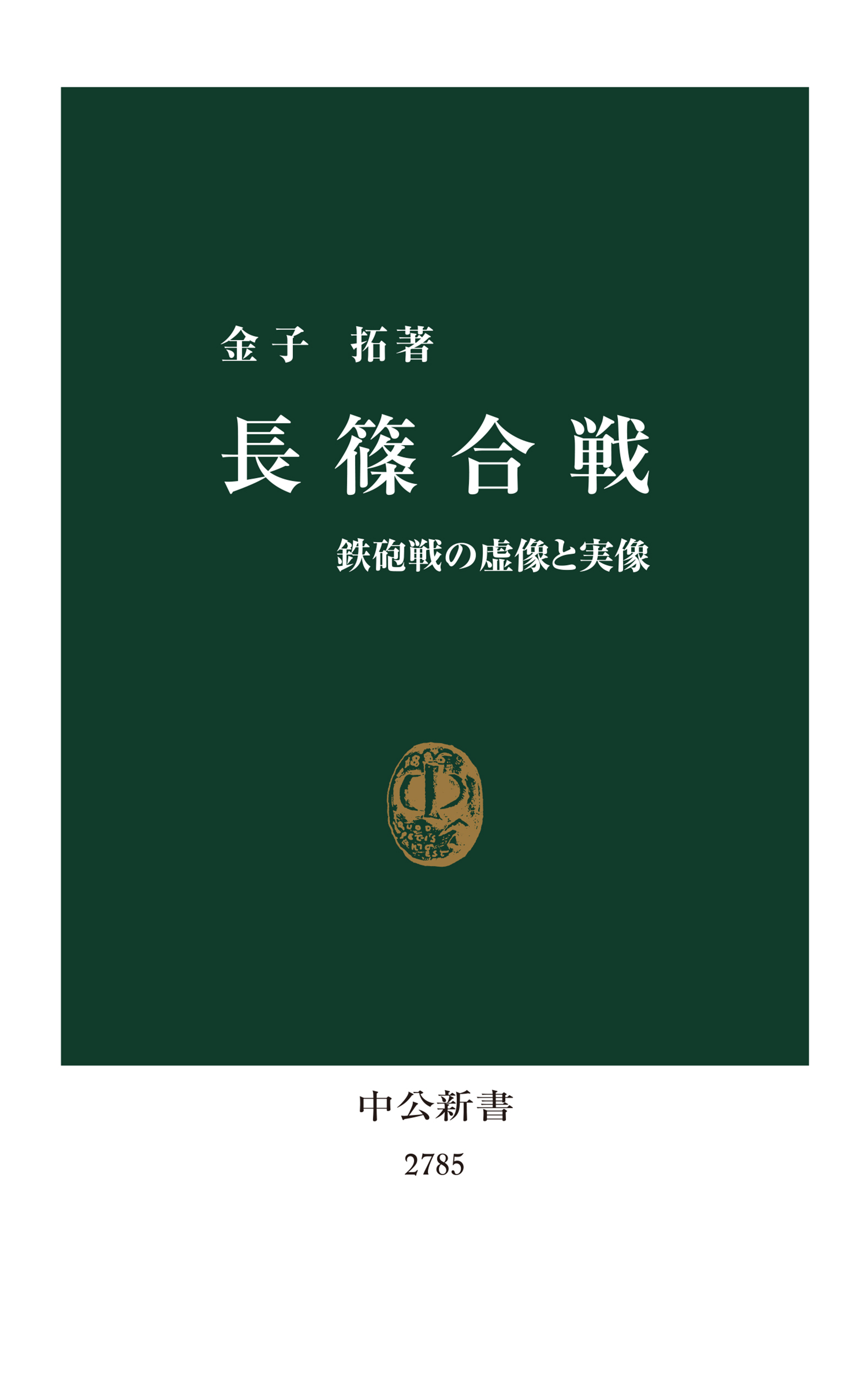
Title
Heibonsha Shinsho 923 Nobunaga-Kashin Akechi Mitsuhide (Oda Nobunaga’s Retainer Akechi Mitsuhide)
Size
234 pages, paperback pocket edition
Language
Japanese
Released
October, 2019
ISBN
9784582859232
Published by
Heibonsha
Book Info
See Book Availability at Library
Japanese Page
The chief protagonist of NHK’s year-long historical drama television series for 2020, called “Awaiting Kirin,” was Akechi Mitsuhide. There are always published an enormous number of books about the protagonist of any of NHK’s historical drama television series. This book, too, was one such book, but I wrote it in the hope that it would not become buried among the many other related books.
I am employed at the Historiographical Institute at the University of Tokyo and am involved in the compilation of Chronological Source Books of Japanese History. The period for which I am responsible is, roughly speaking, the period when Oda Nobunaga held political power (vol. 10). Currently, I am in the process of compiling the source materials for 1575 (Tenshō 3), and a collection of materials related to the Battle of Nagashino, which occurred on the 25th of the fifth month of this year, will soon be published. Akechi Mitsuhide did not participate in this battle, but immediately afterwards he was ordered to launch an attack on the province of Tanba, where he would discharge his chief duties as one of Oda Nobunaga’s retainers.
Although this book is a paperback, I have endeavoured to trace Akechi Mitsuhide’s life in a way that is as faithful as possible to the methods that I have mastered in the course of my own work, that is, by carefully reading sound historical sources and building up what can be learnt from these sources.
Of course, as is well known, there is little material about the first half of Mitsuhide’s life before he began to serve under Nobunaga, and it is cloaked in mystery. Shedding light on this period of his life is an important task, but in this book I deliberately chose not to touch on the first half of his life and decided to examine in great detail his activities after he entered the service of Nobunaga, regarding which there are many more source materials. It is for this reason that the book’s title specifically refers to him as “Oda Nobunaga’s Retainer.”
The chapters are by and large arranged in chronological order. However, I have inserted two chapters in which, setting aside the chronological progression of events, I examine some historical sources with a view to gaining an understanding of Mitsuhide’s humanity. In chapter 3, I focus on the diary of Yoshida Kanemi, a court noble with whom Mitsuhide was on good terms, and seek to portray a picture of Mitsuhide that emerges from his friendship with Kanemi. In chapter 4, I take up several letters written by Mitsuhide and attempt to delineate his personality such as can be inferred from these letters. A characteristic of his letters is the concern he shows for the illnesses and battle wounds of the recipients, and on this basis I surmise that he may have been exceptionally sensitive about matters such as death, injury, and illness.
Following these two intervening chapters, in the second half of the book (chapters 5 and 6) I take up Mitsuhide’s pacification of Tanba and the so-called Honnōji incident. With regard to the pacification of Tanba, I examine the relevant historical sources and carefully trace the stages in his campaign, starting with the reason that he was charged with this task. As for the Honnōji incident, I will not repeat my conclusions here, but I made an effort to seriously reexamine also those records that have until now been regarded as mere popular accounts.
All in all, this has probably turned into the sort of book that someone engaged in the study of historical sources at the Historiographical Institute might write about Akechi Mitsuhide.
(Written by KANEKO Hiraku, Associate Professor, Historiographical Institute / 2021)



 Find a book
Find a book




